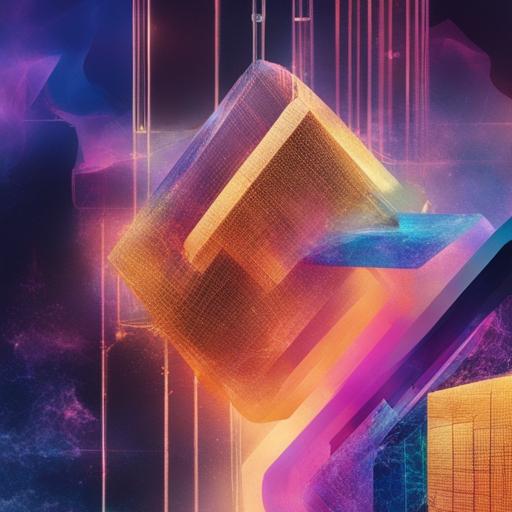Introduction to NFTs
The digital world has been abuzz with the term NFT, an acronym for Non-Fungible Token. While some see it as the future of digital ownership, others perceive it as a passing fad. To understand the broader implications of this technology, it’s essential to grasp the concept behind NFTs, their functionality, and why they’ve captured the imaginations of many.
What Exactly is an NFT?
Non-Fungible
In economic terms, fungibility refers to the property of an asset wherein its individual units are interchangeable. Non-fungible assets, on the other hand, are unique and cannot be replaced with something else. For instance, cryptocurrencies like Bitcoin are fungible, meaning each Bitcoin is the same in value. However, an NFT is unique and cannot be exchanged on a one-to-one basis with another NFT.

Tokenization
NFTs are digital assets that represent ownership or proof of authenticity of a unique item or piece of content, like artwork, music, or even tweets. These tokens are usually built on a blockchain, predominantly Ethereum, ensuring they are immutable, transparent, and easily transferable.
The Technology Behind NFTs
Blockchain
At its core, blockchain technology is what powers NFTs. A blockchain is a decentralized digital ledger that records transactions across many computers so that the record cannot be altered retroactively. This provides a secure and transparent way to verify ownership and transfer of NFTs.
Smart Contracts
NFTs leverage smart contracts, which are self-executing contracts with the terms directly written into code. Smart contracts manage the transferability and storage of the NFTs. For instance, an artist creating an NFT for a digital painting can code specific terms into the smart contract, such as royalty payments for resales, ensuring they earn a percentage each time the NFT changes hands.
Use Cases of NFTs
Digital Art
One of the most well-known applications of NFTs is in the realm of digital art. Artists can tokenize their work, ensuring that even in a digital format, the originality and ownership of the piece are indisputable. This allows artists to sell their digital art as unique items, often fetching high prices.
Gaming
In the gaming industry, NFTs enable players to own in-game items such as skins, weapons, or even virtual real estate. Unlike traditional games where these items are stored on central servers, NFTs allow these assets to be owned outright by players, which they can trade or sell.
Collectibles
NFTs have also paved the way for digital collectibles. Think of trading cards, but in a digital format. These can include anything from video clips of memorable sports moments to digital versions of traditional trading cards.
The Future of NFTs
As NFT technology evolves, its applications may broaden. From intellectual property rights to real estate, the potential use cases are vast. However, the future will depend heavily on technological advancements, regulatory frameworks, and market adoption.
Conclusion
NFTs represent a significant shift in the way digital assets are perceived and managed. By providing a unique, secure, and verifiable form of digital ownership, NFTs are opening up new possibilities for creators and consumers alike. Whether you see them as a revolutionary technology or a speculative bubble, NFTs are undeniably a fascinating development in the digital age.
